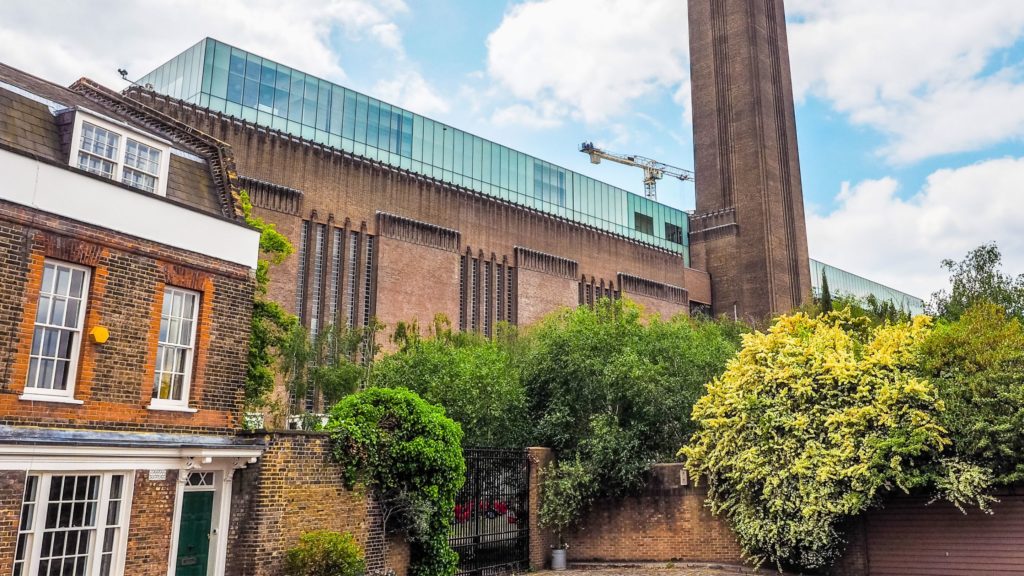
Tate Modern Supreme Court Case: All Eyes on Surprising Judgment
Thursday 2nd February 2023
The Supreme Court has handed down a much-anticipated judgement in Fearn v Tate Gallery. The result was unexpected.
What was the case about?
The Tate Modern art gallery created an extremely popular viewing platform that overlooks a nearby luxury block of flats. Parts of the living areas of these flats are glass fronted. Some of the gallery’s estimated half a million yearly visitors took to peering at, waving to, and photographing the residents. Owners of four of these flats sued the gallery, claiming (among other things) that the presence of these visitors constituted a ‘nuisance’.
Until now, the law of private nuisance has not recognised that overlooking should provide a legal remedy to the overlooked flat owners, even in an extreme example like the Tate’s viewing gallery. The Supreme Court’s decision changes that.
What happened in the Tate Modern Supreme Court judgement?
By the tightest majority (3:2) the Supreme Court determined that where a person, using their land in an “unusual way”, then “actively invites members of the public to visit and look out… in every direction” such that neighbouring homes are subjected to “constant visual intrusion” the law of private nuisance is capable of providing a remedy.
Lord Leggatt noted that, for the flat owners, the circumstances were “much like being on display in a zoo”. The Court did not determine which remedy should apply (damages or stopping use of the gallery), and the matter has been referred back to a lower court, along with a suggestion that the parties first work together to try to find a workaround.
Potential for a snowball effect?
The Court suggested that circumstances in which similar claims may be brought are “likely to be rare”. It was noted that this kind of invitation to large numbers of people, allowing them to visually intrude into residences, is extremely unusual. The Supreme Court also expressed the view that judicial comments in lower courts about investing in net curtains were not particularly helpful.
However, the Court’s findings potentially open the door to other private nuisance claims against perceived invasions of privacy. Analogies were drawn with CCTV devices pointing at neighbouring homes. In a world in which high-definition doorbell cameras and other home security equipment are increasingly affordable and prevalent, and where almost everyone has a camera in their pocket, it is not difficult to imagine lines becoming blurred and the boundaries of this decision tested.

